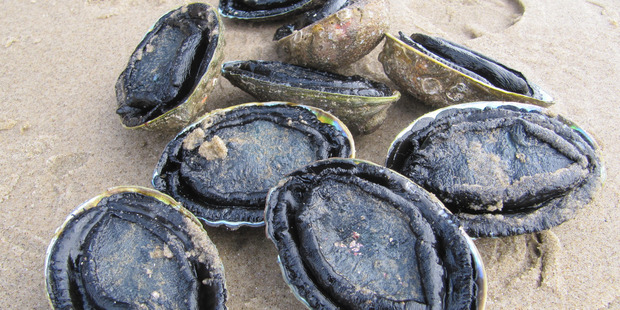Christine went with her Maori friends to pick seafood.
Coast has feast for foragers
5:00 AM Monday Dec 28, 2015

Scientists from the National Institute of Water and Atmospheric Research (Niwa) have prepared some handy hints for seafood lovers.
But budding hunter-gatherers are being advised to keep to the recreational limits and to watch their catch size.
Paua, New Zealand's large, edible sea snail, are often found in shallow waters on rocky shores. Different regions have different catch restrictions.
Cockles and pipi are both free and plentiful, says Niwa.
Pipi are found often packed together in dense patches in fast-flowing water in estuaries.
They can be eaten raw from the shell, put on an open fire or barbecue until their shells open, or made into fritters. The daily limit is 150 a person - and take only bigger ones.
Cockles are a shallow-burrowing shellfish. They can be eaten raw, but must be taken from unpolluted sites.
The daily bag limit is 150 cockles per person per day, apart from in Auckland and the Coromandel where the limit is 50 per person per day.
Finally kahawai, the second most caught recreational fish behind snapper, can be found in most coastal waters, harbours and estuaries. The recreational limit is 20 fish.
No comments:
Post a Comment